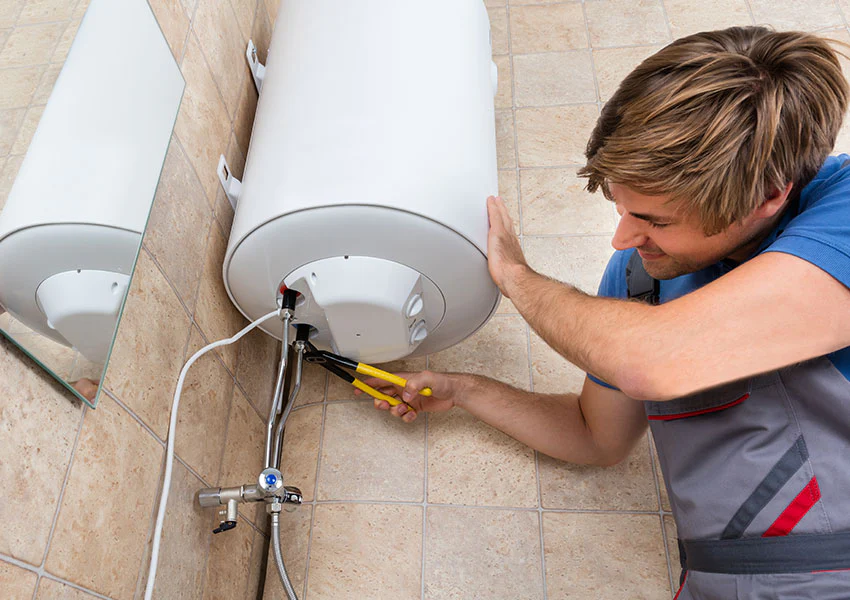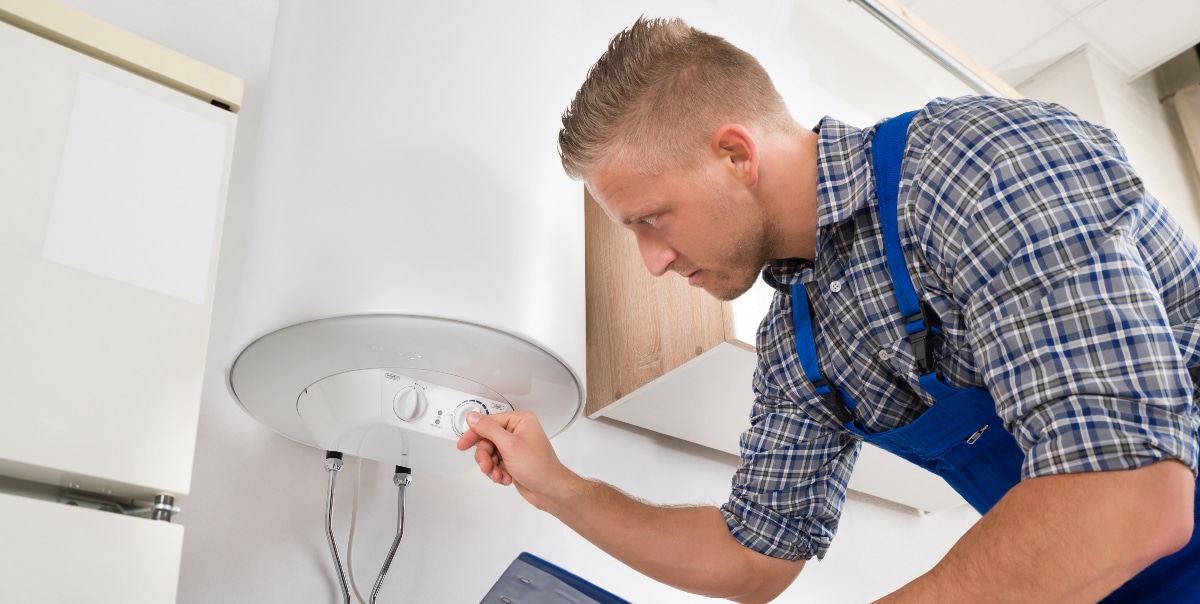Effective Strategies for Maintaining Your Home's Hot Water SystemKey Maintenance Techniques for Your Home's Hot Water System
Effective Strategies for Maintaining Your Home's Hot Water SystemKey Maintenance Techniques for Your Home's Hot Water System
Blog Article
Are you searching for critical information on Water Heater Maintenance Tips You Can't Afford to Forget?

Hot water is necessary for daily comfort, whether it's for a rejuvenating shower or cleaning meals. To guarantee your hot water system runs effectively and lasts much longer, regular maintenance is essential. This short article gives sensible tips and insights on just how to maintain your home's hot water system to stay clear of disruptions and expensive repair services.
Intro
Keeping your home's hot water system might appear daunting, yet with a few basic steps, you can ensure it runs smoothly for several years to find. This overview covers everything from comprehending your hot water system to DIY upkeep tips and understanding when to call in expert aid.
Significance of Preserving Your Warm Water System
Regular upkeep not just prolongs the life-span of your hot water system however additionally ensures it operates efficiently. Overlooking maintenance can cause decreased efficiency, greater power bills, and even early failing of the system.
Signs Your Hot Water System Requirements Upkeep
Knowing when your hot water system requires focus can protect against significant issues. Watch out for indications such as irregular water temperature level, weird sounds from the heater, or rustic water.
Comprehending Your Warm Water System
Prior to diving into upkeep jobs, it's valuable to comprehend the standard components of your warm water system. Typically, this includes the hot water heater itself, pipes, anode rods, and temperature level controls.
Month-to-month Maintenance Tasks
Routine month-to-month checks can help catch small concerns prior to they escalate.
Flushing the Water Heater
Flushing your water heater eliminates sediment accumulation, enhancing effectiveness and lengthening its life.
Monitoring and Changing Anode Rods
Anode poles protect against rust inside the storage tank. Examining and changing them when worn out is crucial.
Inspecting and Adjusting Temperature Settings
Adjusting the temperature settings ensures optimal efficiency and safety and security.
Do It Yourself Tips for Upkeep
You can execute numerous upkeep jobs on your own to maintain your warm water system in top condition.
Checking for Leaks
Routinely evaluate pipelines and links for leaks, as these can result in water damage and higher costs.
Examining Pressure Relief Valves
Checking the stress relief valve guarantees it operates properly and stops extreme pressure buildup.
Shielding Pipelines
Protecting hot water pipes lowers warmth loss and can save energy.
When to Call a Specialist
While do it yourself upkeep is helpful, some problems require professional expertise.
Facility Problems Needing Professional Aid
Instances include significant leakages, electrical troubles, or if your water heater is regularly underperforming.
Regular Specialist Upkeep Advantages
Specialist upkeep can include detailed evaluations, tune-ups, and making certain compliance with safety criteria.
Final thought
Normal upkeep of your home's hot water system is necessary for performance, longevity, and price savings. By adhering to these pointers and understanding when to seek specialist assistance, you can ensure a trusted supply of hot water without unforeseen disruptions.
Water Heater Maintenance: The Basics
Maintaining your water heater will ensure it operates efficiently and has a longer lifespan. Neglecting regular maintenance can lead to costly repairs and an even bigger chunk of your savings if you have to replace it sooner than necessary. But there’s good news: Most water heater maintenance tasks are relatively simple and easy for homeowners with basic DIY skills.
Flush the Water Heater
Over time, sediment and minerals can build up in the tank, reducing its efficiency and potentially causing damage. To flush the tank, turn off the power or gas supply, attach a hose to the drain valve near the bottom and open the valve to drain the water until it runs clear. Ideally, flush the tank annually.
Replace the Anode Rod
The anode rod is a sacrificial metal rod that helps prevent corrosion inside the tank. Inspect and replace it every three to five years or per the manufacturer's recommendation. To replace the anode rod, turn off the power or gas supply, drain a few gallons of water from the tank, unscrew the old rod and replace it with a new one. If the anode rod is significantly corroded or covered in calcium buildup, it's a sign the water heater may need to be replaced soon.
Tune-Up
A yearly tune-up can help identify potential issues and ensure your water heater operates at peak efficiency. This typically involves checking the thermostat, burner assembly (for gas heaters) and any other components specified by the manufacturer. During a tune-up, the technician may also clean the burner and adjust the pilot light (for gas heaters) or examine the heating elements (for electric heaters).
How to Maintain Your Water Heater
Insulate the tank. Insulating the tank can improve energy efficiency and reduce heat loss, saving you money on energy bills. You can purchase precut insulation blankets designed specifically for water heaters or use standard fiberglass insulation wrapped securely around the tank. Check the temperature. The recommended water temperature for most households is around 120 degrees Fahrenheit (49 degrees Celsius). Higher temperatures can increase energy costs and potentially cause scalding. Use a kitchen thermometer to check the temperature at the faucet nearest the water heater. Monitor water pressure. Excessive water pressure can strain the water heater and cause leaks or even tank failure. Install a pressure-reducing valve if necessary. The ideal water pressure range is between 60 and 70 PSI (pounds per square inch). Test the temperature and pressure (T&P) relief valve. The T&P relief valve is a safety feature that releases pressure if the tank gets too hot or the pressure builds up too high. Test it annually by lifting the lever and allowing a small amount of water to release. Replace the valve if it doesn't release water or reseal properly. Check for leaks. Regularly inspect the tank, pipes and fittings for leaks or corrosion. Deal with issues promptly to prevent further damage. Even a small leak can lead to significant water damage over time. Consider a tankless water heater. If your traditional tank-style water heater is nearing the end of its lifespan ( typically 10 years), consider replacing it with a tankless water heater. These units heat water on demand, reducing standby energy losses and potentially saving you money on your energy bills. Schedule professional maintenance. While homeowners can perform many water heater maintenance tasks, it's still a good idea to schedule professional maintenance every few years. A plumber or HVAC technician can thoroughly inspect the unit, identify potential issues and ensure it operates safely and efficiently. https://www.homeserve.com/en-us/blog/home-improvement/hot-water-heater-maintanence/

As a fervent person who reads about How to Maintain Your Water Heater & Prolong its Life, I assumed sharing that excerpt was a good idea. Sharing is nice. Who knows, you may be helping someone out. I cherish reading our article about How to Maintain a Hot Water Heater in a Few Simple Steps.
Get Quote Report this page